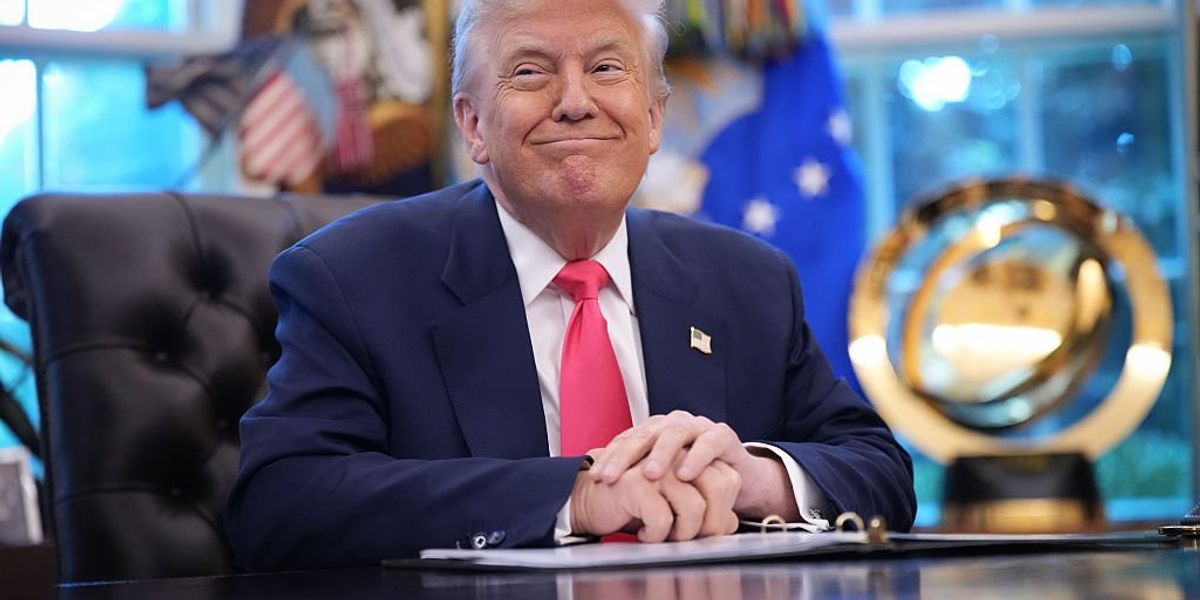

When President Trump asserts federal control over Washington, D.C., half measures won’t do. To succeed, he needs to go all the way — and his plan to extend the federal presence in the district is a good start.
The 1973 Home Rule Act allows a president to reassert control over the Metropolitan Police Department for 30 days. Extending beyond that would likely require a congressional resolution or invoking emergency powers, either of which would trigger a Capitol Hill fight. Democrats’ push for D.C. statehood — and two guaranteed Senate seats — depends on convincing Americans that the district can govern itself. It can’t. The city’s experiment in representative democracy has failed as spectacularly as many regimes in the Middle East.
Federal control must apply the broken-windows model: Enforce the full criminal code to prevent larger crimes before they happen.
The Constitution’s Article I, Section 8, Clause 17 gives Congress exclusive legislative authority over the nation’s capital. Home rule was the deviation, not the norm, from decades of relatively peaceful federal stewardship. This isn’t a “takeover” so much as a “take-back” — like taking away the car keys from a teenager who used the family sedan to run drugs and commit drive-by shootings.
Home rule should have ended long ago. One obvious moment came in 1990, when Mayor Marion Barry (D) was caught smoking crack cocaine in an FBI sting. He infamously blamed his ex-girlfriend, Rasheeda Moore — an FBI informant — muttering to the cameras, “The bitch set me up.” That episode still looms large in the public memory, an emblem of the city’s dysfunction.
Decades of unchecked crime have made Washington, D.C., a national embarrassment. If it were a state, it would have the nation’s highest homicide rate. Carjackings — nearly 200 reported so far this year — are a prime example. More than half are committed by juveniles. A review of the D.C. Police Department’s own X feed shows that suspects overwhelmingly are black. This pattern holds across most violent crime categories, though officials avoid publishing full racial breakdowns in the name of political correctness.
That’s the racial dynamic at the heart of the Black Lives Matter policing debate, a fight the left has framed on two assumptions: first, that police and “systemic racism” are solely responsible for urban crime; second, that the solution is to stop enforcing the law in minority communities. These ideas drove policy after the 2020 riots, and the results have been disastrous.
RELATED: Democrats wanted a makeover. They got Marxism and Molotov cocktails.
 Photo by Nick Ut/Getty Images
Photo by Nick Ut/Getty Images
Trump now has the chance to prove the opposite — that law enforcement can restore baseline safety and quality-of-life standards in urban America. A show of force alone won’t cut it. Federal control must apply the broken-windows model: Enforce the full criminal code, from violent felonies down to quality-of-life offenses, to prevent larger crimes before they happen.
The early signs are promising. Federal and MPD officers have set up vehicle checkpoints targeting illegal aliens, cleared homeless encampments, and increased patrols citywide. These actions should expand to cover the everyday infractions that feed D.C.’s climate of lawlessness — disorderly conduct, curfew violations, truancy, turnstile-jumping, littering, jaywalking, reckless driving, loitering. Residents know that these “small” crimes erode public order and stoke constant tension.
Once the federal government flips that culture, the tone of the city will change. Crime will fall. Visitors will return. And President Trump will have an unassailable case that restoring law and order in America’s cities is possible, desirable, and effective — with Washington, D.C., as the model for generations to come.
.png)
 3 hours ago
5
3 hours ago
5


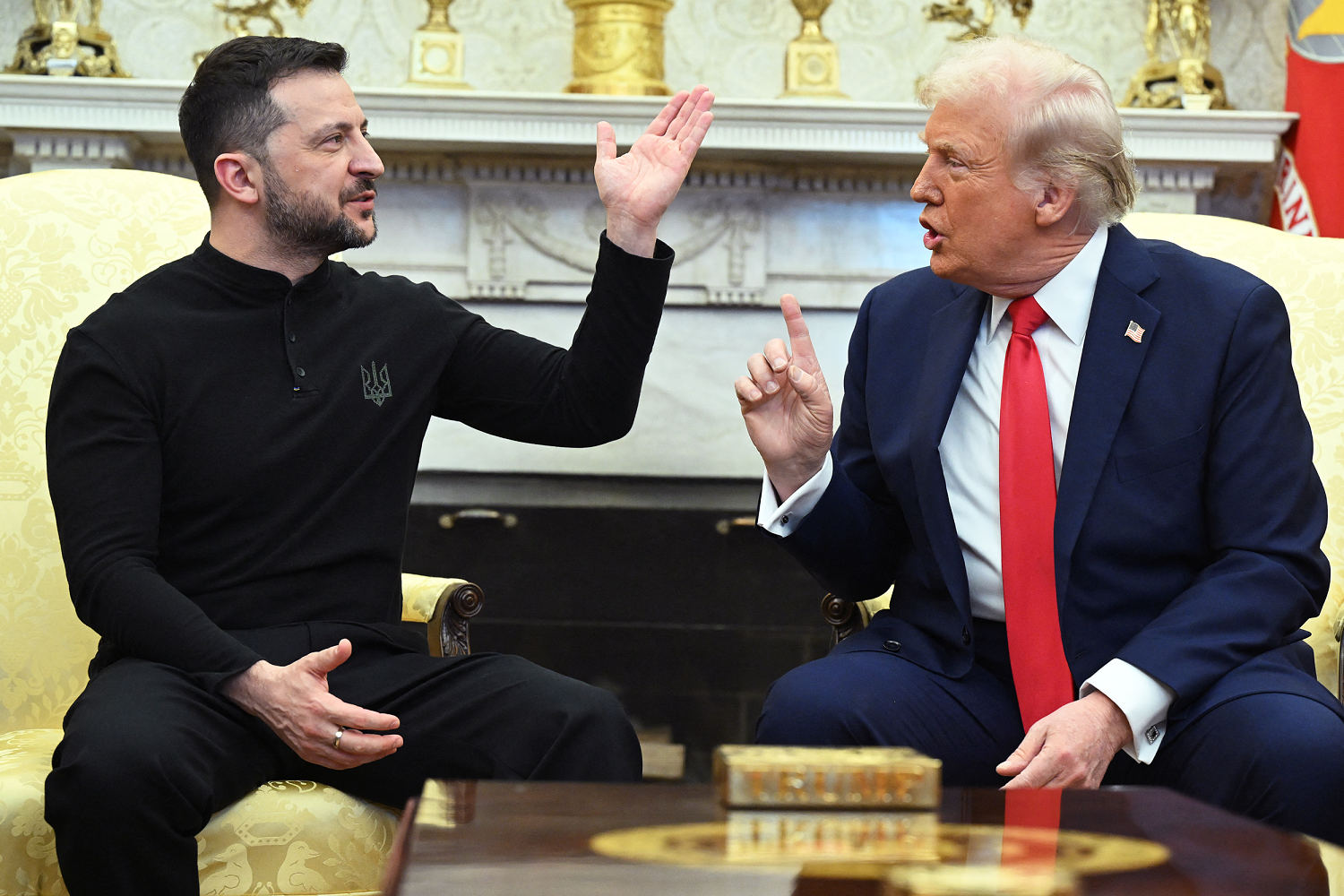


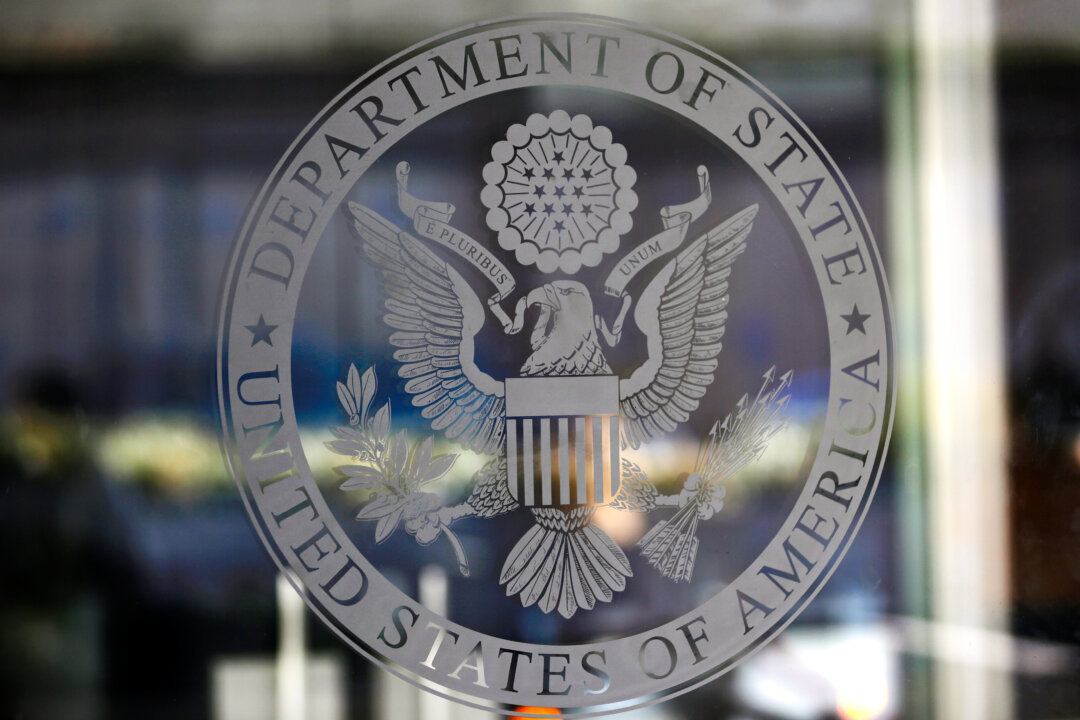

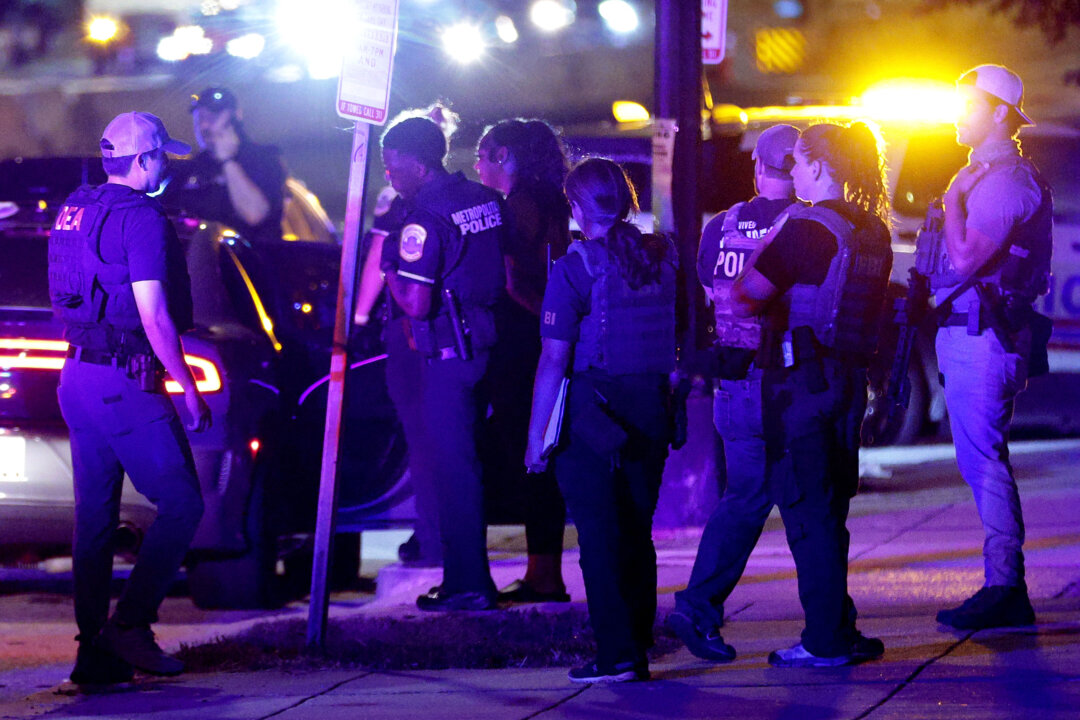
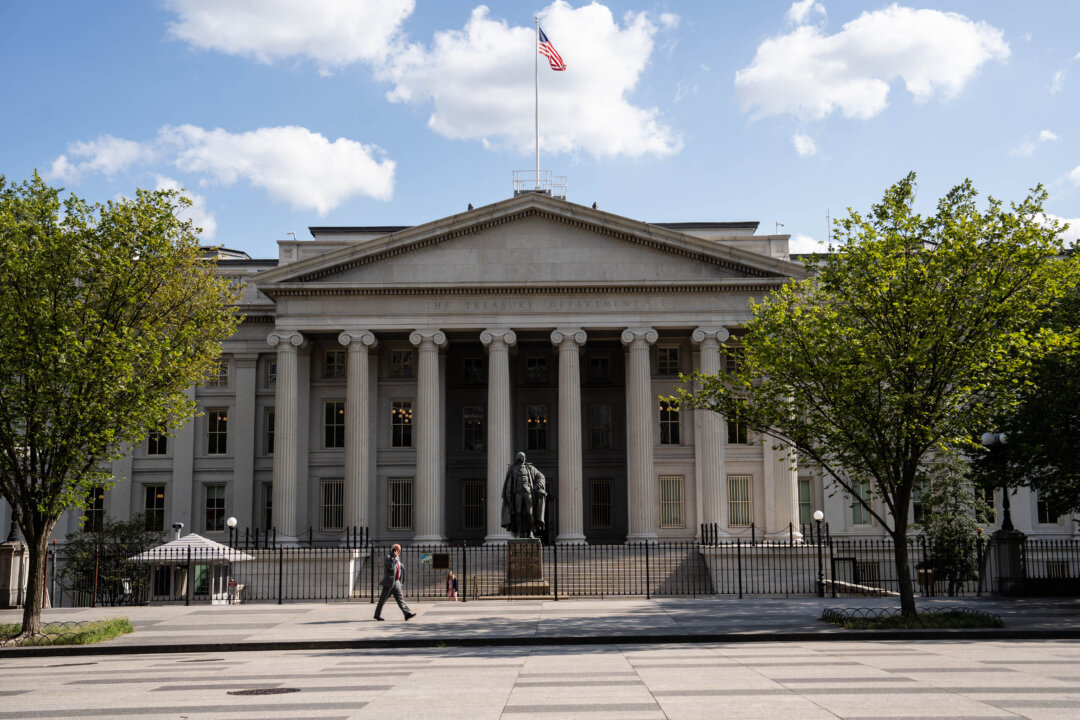




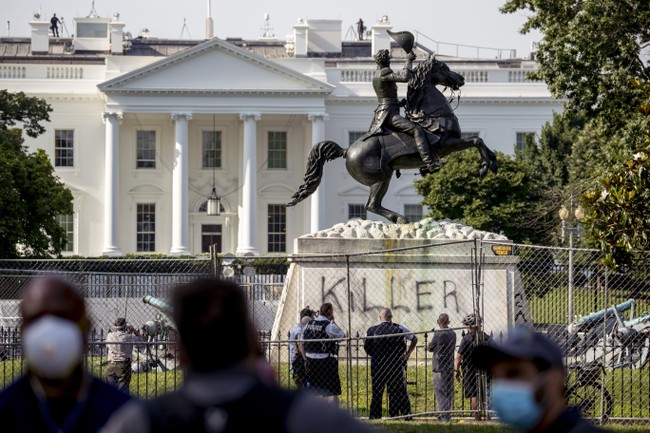
 English (US)
English (US)